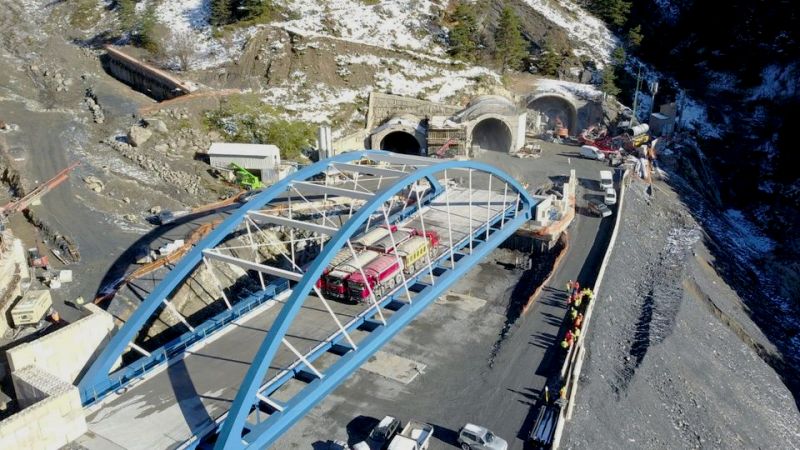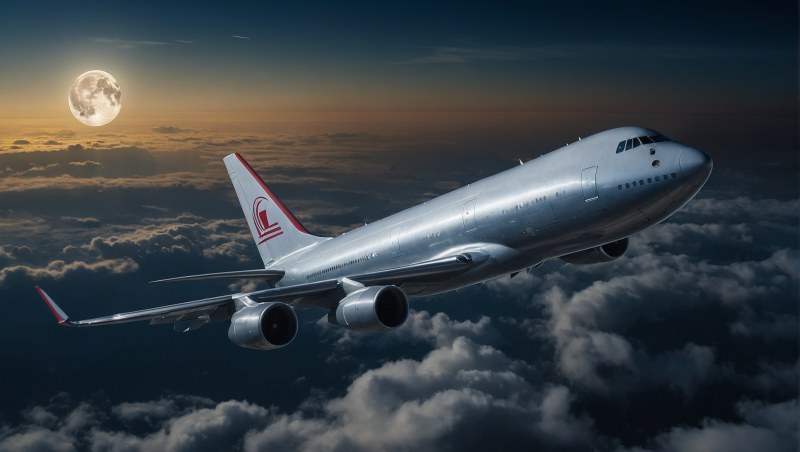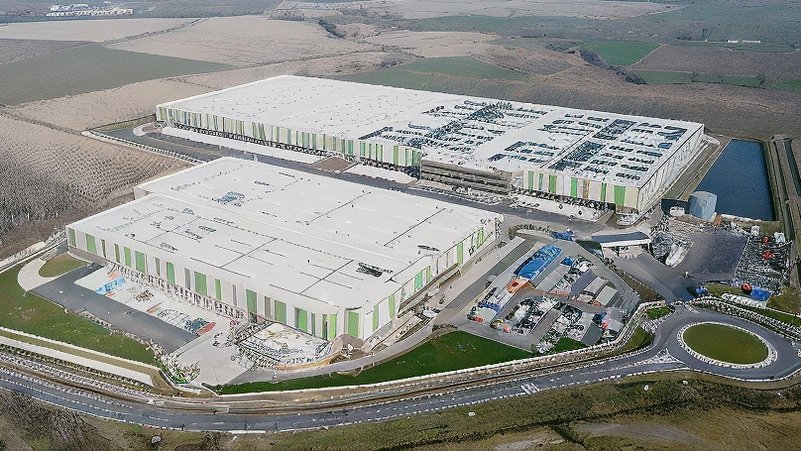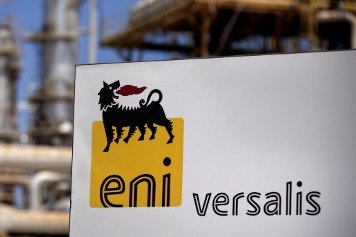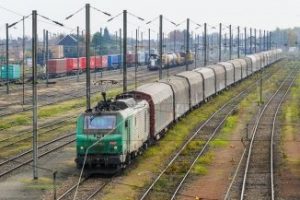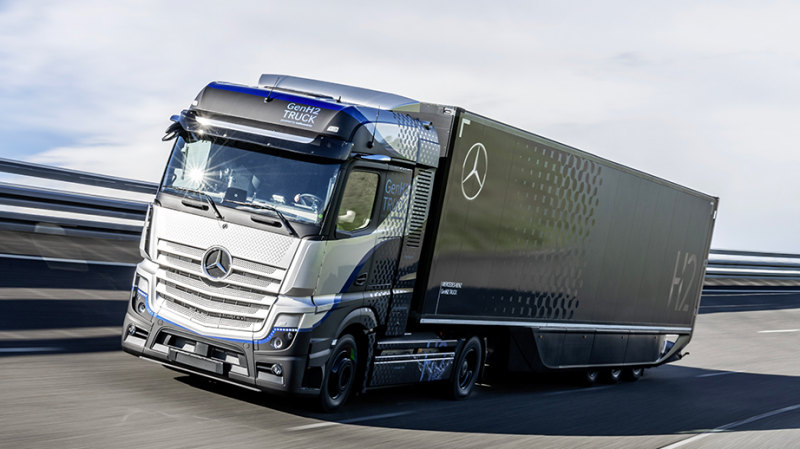Starting on October 7, 2024, vehicle traffic on the Lueg Bridge of the Austrian A13 motorway, which is part of the Brenner corridor, will be reduced to a single lane. This was announced by the motorway company Asfinag, which specified that this measure could last three to four weeks, depending on weather conditions. The restriction is due to "urgent and necessary road maintenance work," as "if this damage is not repaired before winter, the asphalt could break, causing even longer disruptions."
This, however, is just a preview of what will happen on January 1, 2025, when the limitation to a single lane in each direction will be introduced for a much longer period: two to three years. The length of this period depends on the fact that the work is more extensive and involves the construction of the first phase of a new bridge, which is expected to be completed in 2023.
The Austrian motorway network is also affected by the renovation of the tunnel between Golling and Werden on the A10 Tauer motorway. This work started on September 10, 2024, and will continue until the end of June 2025. Asfinag noted that "based on experiences from recent years (there was already a traffic jam without construction work) and the previous traffic situation during the general renovation of the Ofenauer and Hiefler tunnels, as well as the Werden tunnel chain, there are significant travel waves expected until the end of June 2025, with time delays during the day in both directions in Salzburg/Pongau (Villach)."
On October 2, the Italian association Anita intervened regarding the Austrian restrictions on the transit of industrial vehicles along the Brenner corridor due to the work on the Lueg Bridge. Anita stated that "although Anita welcomes the intention to manage traffic with two lanes in each direction for at least 170 days a year, routing vehicles over 3.5 tons on the inner part of the carriageway to balance weight, it nevertheless opposes the idea of extending the traffic bans for industrial vehicles on certain days." The association called on Italy's Minister of Infrastructure and Transport, Matteo Salvini, to monitor the situation for the benefit of the sector and national competitiveness.
Thomas Baumgartner, former president of the association with responsibility for the Brenner, expressed "strong concerns about the package of measures announced by Asfinag, which would once again put Austria in a position to restrict freight traffic from Italy on a corridor, the Scan-Med, that is a key pillar of the TEN-T network." He pointed out that "lane reductions already carried out on the Italian side of the A22 for maintenance works show that traffic during weekdays is regular and only becomes problematic during holidays, when tourist traffic crowds the motorway."
It should be noted that Austria imposes several obstacles on the transit of industrial vehicles, including the requirement to use Euro VI, hydrogen, or natural gas trucks on the A12 between Kufstein and Zirl, the ban on transporting certain types of goods between Kufstein/Langkampfen and Innsbruck/Ampass, vehicle dosing on certain days of the year (with a maximum of 300 vehicles per hour), a night-time driving ban, and some weekday and Saturday traffic bans, in addition to the usual Sunday restrictions.



